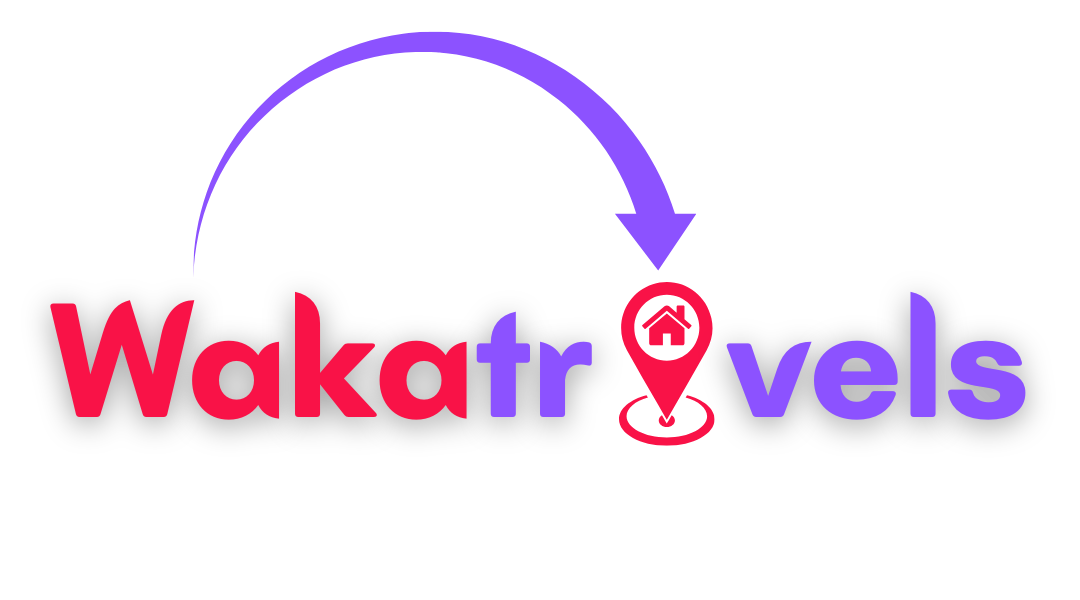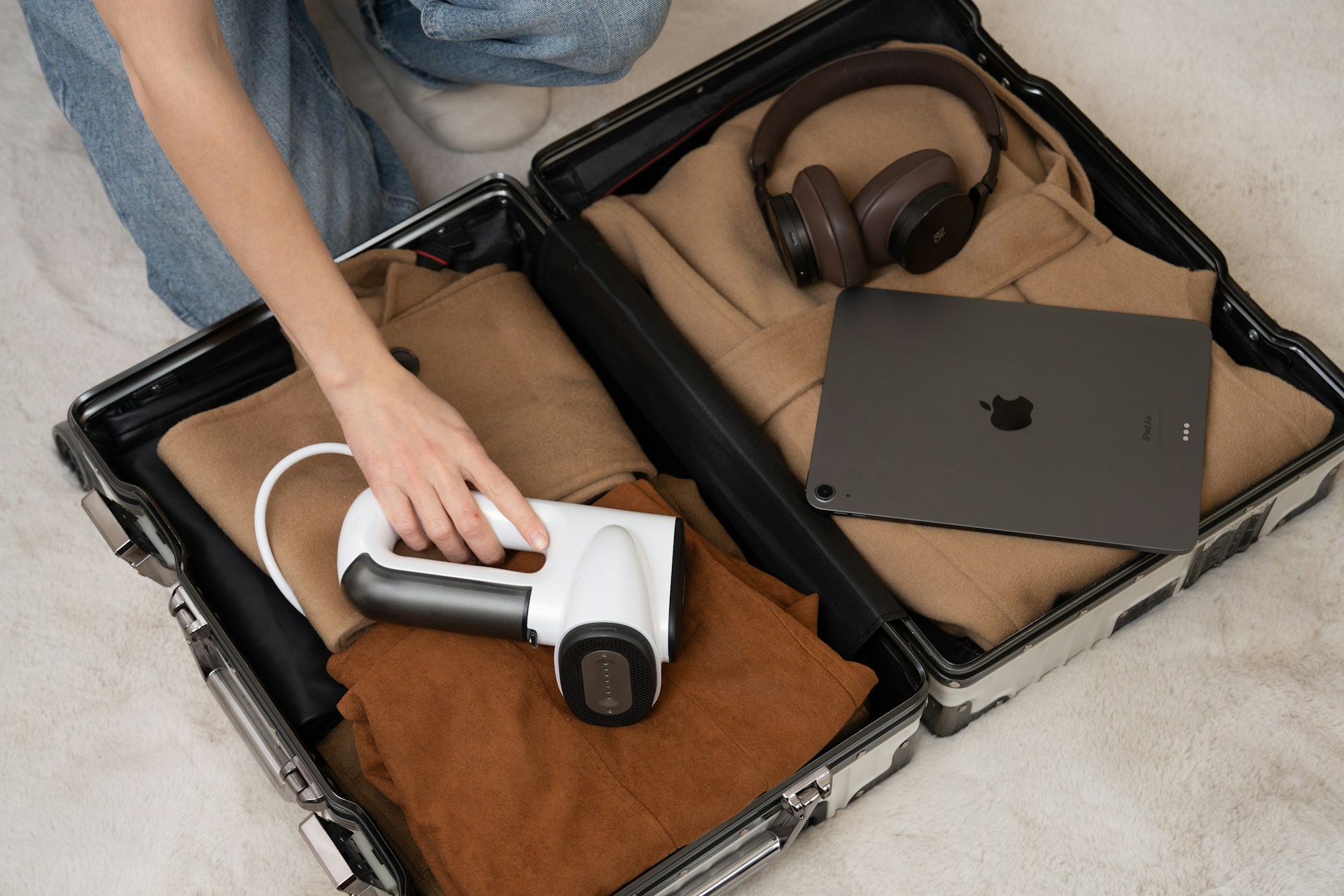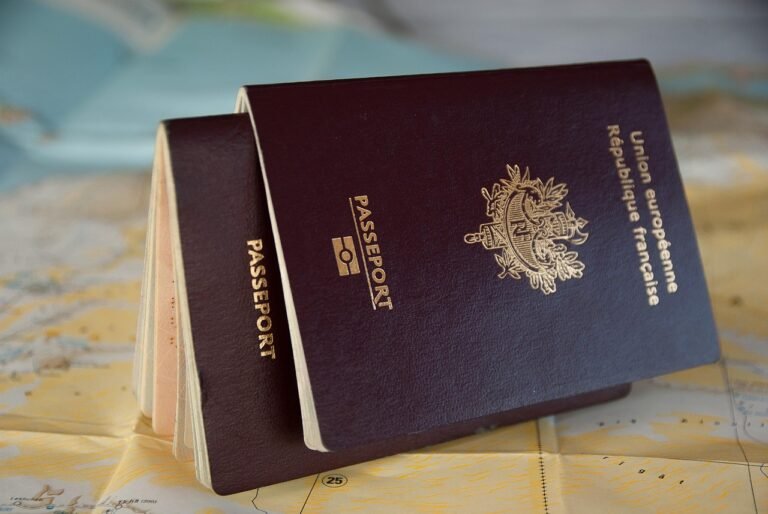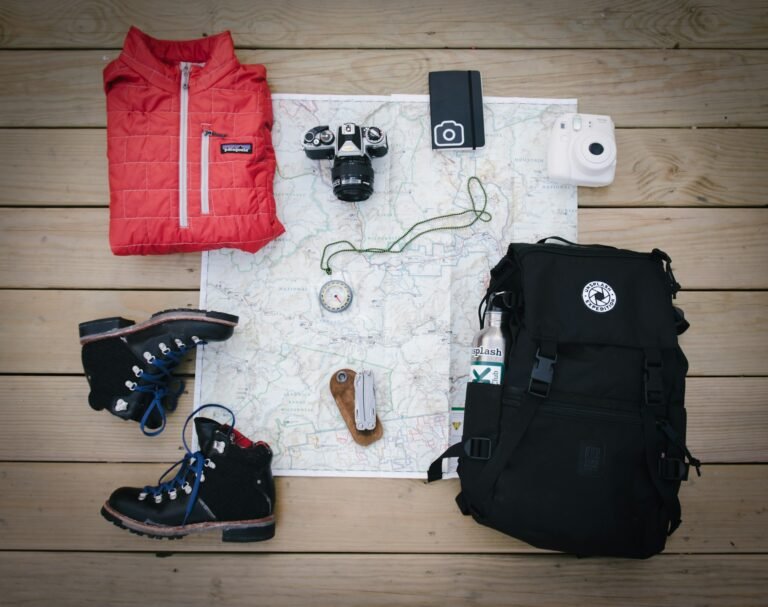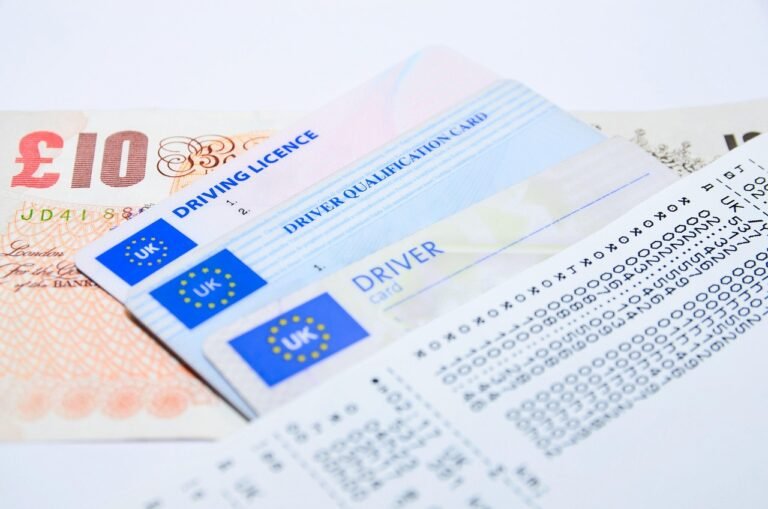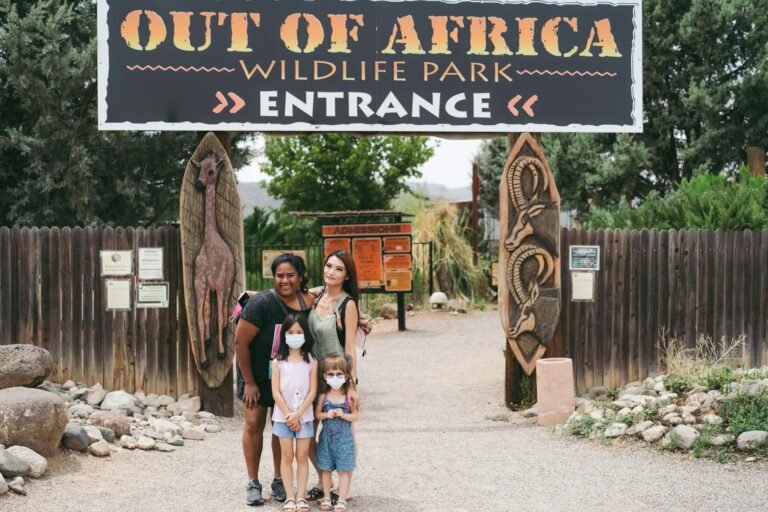Let’s be honest—planning a Disney vacation sits somewhere between delightful daydreaming and chaotic nightmare. I’ve done it six times now, and I still get that familiar flutter of panic when opening my browser to book tickets. Will I reserve the right restaurants? Have I chosen the optimal park strategy? Do I really need to wake up at 7 AM every day of what’s supposed to be a vacation?
The maddening truth is that Disney requires more planning than most international trips—which feels ridiculous until you’re standing in a two-hour line for Space Mountain while your children melt down because their Disney Genie+ selection just expired.
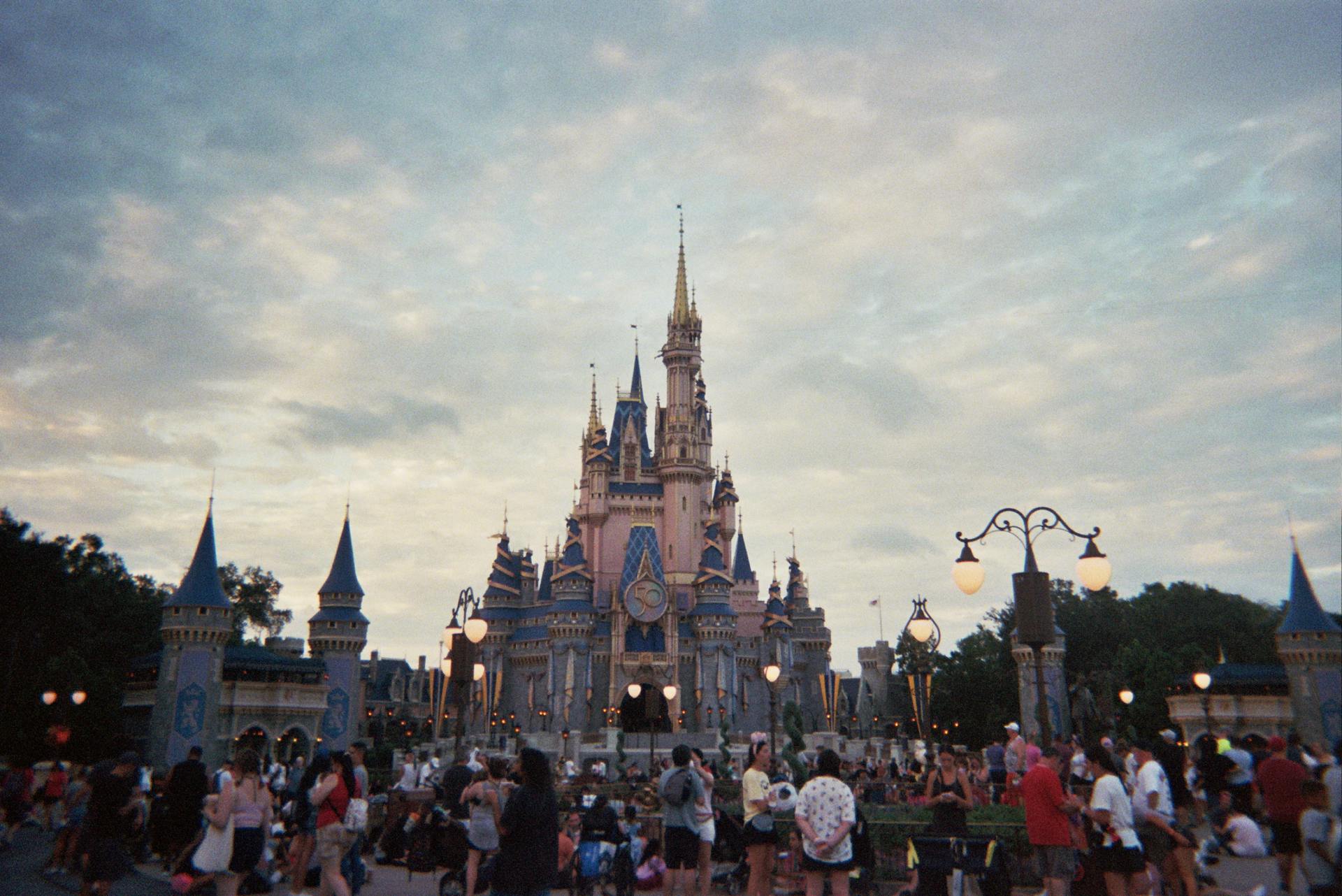
My first Disney trip as an adult was a disaster of epic proportions. I thought, “How hard can it be? You just show up and have fun!” Three hours into day one, I was stress-eating a turkey leg while frantically googling “how to see characters at Disney without waiting 90 minutes.”
So consider this my gift to you—everything I’ve learned through blood, sweat, and Mickey-shaped ice cream bars. Let’s plan a Disney vacation that’s actually, well, magical.
Choosing Your Disney Destination
The first decision is perhaps the most important: which Disney park are you actually going to visit? The options have expanded well beyond the original Florida vs. California debate.
Walt Disney World (Orlando, Florida)
The behemoth. Four theme parks, two water parks, Disney Springs shopping district, and over 25 hotels spread across property roughly the size of San Francisco. Walt Disney World is the choice for longer trips (ideally 5-7 days minimum) and those seeking the “complete” Disney experience.
The sheer scale can be overwhelming. My sister-in-law tracked her steps during our family reunion trip last year and logged over 12 miles in a single day at Magic Kingdom. Wear comfortable shoes, folks.
“But it’s the most magical place on earth!” Disney marketing chirps. Yes, and also the most exhausting. Plan rest days. I repeat: PLAN REST DAYS.
[Insert image of Magic Kingdom with castle and crowds]

Disneyland Resort (Anaheim, California)
The original Disney park has a charm that’s hard to beat. Two parks (Disneyland and California Adventure), three hotels, and Downtown Disney shopping area all within walking distance of each other. Perfect for shorter trips (2-4 days) and West Coast visitors.
There’s something special about walking where Walt actually walked. Disneyland feels more manageable, especially for first-timers or families with young kids. The weather is also more consistent than Florida’s “surprise thunderstorm every afternoon” routine.
International Parks
Disney has expanded across the globe, and each international park offers its own unique spin:
- Disneyland Paris: Two parks with distinctively European flair. The castle is arguably the most beautiful of all Disney parks, and their version of Space Mountain will make the American versions seem like kiddie rides.
- Tokyo Disney Resort: Widely considered by Disney enthusiasts to be the best-maintained parks with the most imaginative attractions. DisneySea is unique to Tokyo and regularly tops lists of the world’s best theme parks.
- Hong Kong Disneyland: The smallest Disney resort, but home to some unique attractions, including a Marvel-themed area that’ll have superhero fans salivating.
- Shanghai Disney Resort: The newest Disney destination features the largest castle and the most technologically advanced version of Pirates of the Caribbean you’ll ever experience.
Timing Is Everything: When to Book and When to Go
The old adage that there’s no “off-season” at Disney anymore is… painfully accurate. However, some times are still marginally better than others.
Best Times to Visit (If You Have Flexibility)
- Late January through early February: Post-holiday crowds have dissipated
- Late August through September: Kids are back in school
- Early November: That magical window between Halloween and Thanksgiving
- Early December: Before the holiday crowds descend
Worst Times to Visit (Unless You Enjoy Human Sardine Cans)
- Spring Break (mid-March through mid-April)
- Summer (June through early August)
- Major holidays (Thanksgiving, Christmas, New Year’s)
- Race weekends at Walt Disney World
- School breaks (check a crowd calendar as these vary by region)
The Booking Timeline
Disney planning requires a ridiculous amount of advance preparation. Here’s a simplified timeline:
- 12+ months out: Decide on destination and dates
- 7-11 months out: Book hotel and theme park tickets
- 60 days out: Make dining reservations (Walt Disney World)
- 30 days out (or 60 if staying at Disney resort): Book individual Lightning Lane selections
- 7 days out: Create general park touring plan
- Day of: Purchase Genie+ if using it
The Great Resort Debate: On-Site vs. Off-Site
Staying on Disney property offers undeniable perks: themed environments, early park entry, transportation to parks, and at Walt Disney World, freedom from rental cars. But you’ll pay handsomely for these conveniences.
Off-site accommodations—especially home rentals—offer more space and often significant savings. We rented a four-bedroom house with a private pool near Disney World for less than one room at a moderate Disney resort. The trade-off? Transportation logistics and missing some of that immersive Disney bubble.
My personal strategy is to split the difference: a few nights at a Disney hotel for the full experience, followed by off-site accommodations to save money and regain some sanity.
Park Tickets: Navigating the Options
Disney ticket pricing is more complex than quantum physics. Here’s what you need to know:
- Multi-day tickets offer better value per day
- Park Hopper option lets you visit multiple parks in one day (usually worth it for trips of 3+ days)
- Genie+ is the paid system that replaced the free FastPass program (more on this divisive topic shortly)
- Individual Lightning Lane attractions are separate upcharges for the most popular rides
One non-negotiable tip: Purchase tickets BEFORE your trip. Walk-up ticket prices are significantly higher than advance purchase.
The Dining Dilemma: Reservations Required
Gone are the days of spontaneous Disney dining. Popular restaurants book up months in advance, especially character dining experiences.
At Walt Disney World, the booking window opens 60 days before your arrival date. If you’re staying at a Disney resort, you can book for your entire stay (up to 10 days) at that 60-day mark. This gives resort guests a significant advantage for hard-to-get reservations.
[Insert image of character dining with Mickey Mouse and excited children]
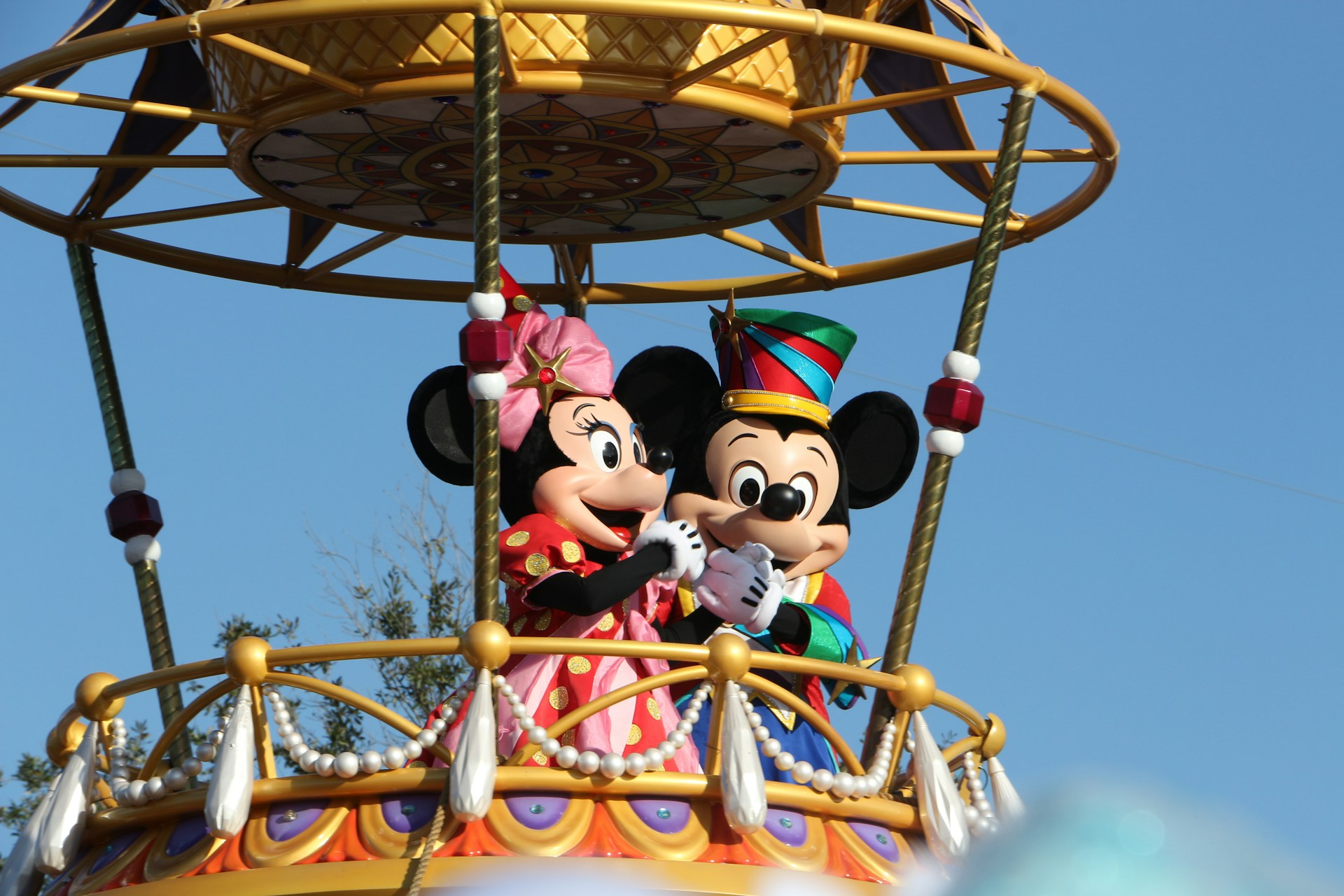
Character Dining: Worth the Splurge?
Character meals are expensive—often $50+ per adult and $30+ per child. But they offer guaranteed character interactions without standing in separate lines. For families with character-obsessed children, this time-saving benefit can be priceless.
My nephew Thomas was absolutely terrified of costumed characters until we did breakfast at Chef Mickey’s. Something about seeing Mickey in a chef’s hat while eating Mickey-shaped waffles broke the ice. By dessert, he was hugging every character who approached the table.
Quick-Service Strategies
Not every meal needs to be a sit-down affair. Disney’s quick-service restaurants have improved dramatically in recent years.
Two game-changing tips:
- Mobile ordering: Use the Disney app to order and pay for food in advance
- Off-peak dining: Eat lunch at 11 AM or 2 PM to avoid the worst crowds
Mastering Genie+ and Lightning Lanes
Disney’s paid line-skipping system is both a blessing and a curse. Genie+ (the base system) costs $15-35 per person per day, depending on date and location. Individual Lightning Lane selections for premium attractions cost $9-25 each.
Is it worth it? That depends on your tolerance for waiting in lines versus your budget. During peak seasons, Genie+ can save hours of waiting. In less busy times, strategic planning might be sufficient.
The most infuriating aspect is that you can’t pre-book Genie+ selections. The booking window opens at 7 AM each day, creating a daily sprint to secure the most desirable return times. Nothing says “relaxing vacation” like setting multiple alarm clocks.
Creating a Realistic Park Plan
The cardinal sin of Disney planning is trying to do everything. You cannot—I repeat, CANNOT—do it all. Even Disney veterans who optimize every minute miss attractions.
Instead, have everyone in your group select their top 3-5 must-do experiences. Build your plan around these priorities, leaving room for spontaneity and rest.
Some time-saving strategies:
- Rope drop: Arrive before park opening to maximize morning efficiency
- Early Entry: Take advantage if staying at Disney resorts
- Mid-day break: Return to hotel during crowded afternoon hours
- Late evening: Return for lower crowds during the final 1-2 hours
The Tale of Two Very Different Disney Trips
Let me share the stark contrast between my first disastrous Disney trip and my most recent, well-planned vacation.
Trip #1: Arrived at Magic Kingdom at 10 AM (rookie mistake). Waited 45 minutes just to get through security and turnstiles. Had no dining reservations. Spent entire day in lines, managed to ride only five attractions. Ended day with blistered feet, sunburn, and family members not speaking to each other.
Trip #6: Arrived at Magic Kingdom at 8 AM for 9 AM opening. Knocked out seven popular attractions before noon using early entry and Genie+ strategy. Had lunch reservation at Be Our Guest Restaurant (booked 60 days out). Took mid-day break at hotel for swimming and naps. Returned for evening parade and fireworks. Everyone declared it “the best day ever.”
The difference? Planning. Painful, extensive, slightly obsessive planning.
What to Pack: Beyond the Obvious
Beyond standard vacation items, these Disney-specific essentials will save your sanity:
- Portable phone charger: Your phone will die from constant app usage
- Cooling towels: For those brutal summer days
- Rain ponchos: Cheaper bought beforehand than in parks
- Comfortable shoes: You’ll walk 7-12 miles daily
- Water bottle with filter: Florida water tastes… distinctive
- First aid kit: Include moleskin for inevitable blisters
- Small backpack: For carrying it all
The Budget Breakdown: What It Really Costs
Disney isn’t cheap, but there are ways to manage costs. Here’s a realistic breakdown for a family of four for a 5-day Walt Disney World vacation:
| Expense Category | Budget Option | Moderate Option | Deluxe Option |
| Hotel (5 nights) | $750 (off-site) | $1,500 (moderate resort) | $3,000+ (deluxe resort) |
| Park Tickets (5-day) | $1,800 | $2,200 (w/Park Hopper) | $2,600 (w/Hopper & Genie+) |
| Food | $1,000 | $1,500 | $2,500 |
| Transportation | $400 (rental car) | $150 (airport transfers) | $150 (airport transfers) |
| Souvenirs | $200 | $400 | $600+ |
| TOTAL | $4,150 | $5,750 | $8,850+ |
Yes, you read that correctly. A Disney vacation can easily cost as much as a European getaway. The key difference? Disney requires more planning.
Tips from a Recovering Disney Obsessive
After six Disney trips in the past decade, I’ve learned some wisdom:
- Accept imperfection: Something will go wrong. Rides will break down. Weather won’t cooperate. Roll with it.
- Build in buffer time: Everything takes longer than you think—walking between attractions, security checks, bathroom breaks with children.
- Consider a travel agent: Disney-specialized agents book at no additional cost to you and handle many planning headaches.
- Use rider switch: If traveling with small children, this service lets adults take turns on thrill rides without waiting twice.
- Bring patience… and snacks: Both prevent meltdowns (for children and adults).
Disney vacations occupy this strange space between meticulously orchestrated performance and chaotic family adventure. The perfect plan embraces both elements—enough structure to avoid major pitfalls, enough flexibility to enjoy unexpected magic.
My most treasured Disney memory isn’t riding Rise of the Resistance or watching fireworks. It’s when my normally reserved father got absolutely soaked on Splash Mountain and laughed so hard he cried. We were supposed to be rushing to another attraction, but instead, we sat on a bench for twenty minutes while he wrung out his socks and recounted his horror as the big drop approached.
That unplanned moment—not any carefully booked experience—is what we still talk about years later.
So plan thoroughly, but hold those plans loosely. The magic often happens in the moments between your scheduled FastPasses.
FAQs About Planning a Disney Vacation
How far in advance should I plan a Disney vacation?
For Walt Disney World, start planning 7-12 months in advance, especially if visiting during peak seasons or if you want to secure popular dining reservations. Disneyland planning can be slightly less advance, around 5-6 months, but still requires significant lead time for the best experience.
What’s the best age for a child’s first Disney trip?
While Disney is designed for all ages, children between 4-10 typically get the most magic from the experience—they’re tall enough for many attractions, can walk independently, and still believe wholeheartedly in the characters. That said, every child is different; consider stamina, sensory sensitivities, and patience levels.
How many days do I need at Disney World vs. Disneyland?
Walt Disney World ideally requires 5-7 days minimum to experience all four theme parks without exhaustion. Disneyland Resort can be enjoyed thoroughly in 3-4 days with its two parks. International parks vary: Tokyo Disney Resort needs 3-4 days, while Shanghai, Hong Kong, and Paris can be done in 2-3 days each.
Is the Disney Dining Plan worth it?
Disney Dining Plans are rarely a financial savings unless you would normally order the most expensive menu items and character dining experiences. However, they offer convenience and peace of mind for budgeting, as your meals are pre-paid. Do the math for your specific family’s eating habits before committing.
What’s the Genie+ system and should I get it?
Genie+ replaced the free FastPass system as Disney’s paid line-skipping service ($15-35 per person per day). It’s generally worth purchasing on crowded days or for short trips when maximizing rides is important. During slower seasons or for more relaxed visits, strategic planning may be sufficient without this added expense.
Can I visit Disney on a budget?
Yes, but it requires compromises. Consider off-site lodging, bringing some of your own food, visiting during value seasons, limiting souvenir purchases, and being selective about add-ons like Genie+ and Park Hopper options. Taking advantage of free activities like resort hopping and Disney Springs can also enhance your experience without additional cost.
How does transportation work at Disney World?
Walt Disney World offers complimentary transportation between Disney resorts and theme parks via buses, boats, monorail, and the newer Skyliner gondola system. If staying off-site, you’ll need to drive or use ride-sharing services. Transportation between parks can take 30-60 minutes, so factor this into planning.
What are rope drop and park hopping?
“Rope drop” refers to arriving before a park officially opens to be among the first guests admitted, allowing you to experience popular attractions with minimal wait. “Park hopping” means visiting multiple Disney parks in a single day, requiring the Park Hopper ticket add-on (which typically activates after 2 PM).
How do I meet Disney characters without long waits?
Character dining experiences guarantee interactions without dedicated wait times. Additionally, less-publicized character meet-and-greets often have shorter lines than main characters. The Disney app shows current character locations and wait times, helping you plan efficiently.
Is staying at a Disney resort worth the extra cost?
Disney resorts offer benefits like early park entry, themed environments, and transportation, but at a premium price. The value depends on your priorities—convenience and immersion versus cost savings. Moderate and value resorts offer a compromise, while deluxe resorts provide luxury experiences with corresponding price tags.
Top Disney Vacation Tools, Resources & Experiences
- Disney’s Official Website – DisneyWorld.com or Disneyland.com – The essential starting point for all planning, including ticket purchases, hotel reservations, and the most up-to-date information on attractions and entertainment.
- My Disney Experience App – App Store or Google Play – Your virtual command center for Walt Disney World with mobile check-in, dining reservations, Genie+ selections, mobile ordering, and wait times.
- Touring Plans – TouringPlans.com – Statistical analysis and crowd calendar predictions to help optimize your park visits with customizable itineraries based on wait time data.
- Disney Food Blog – DisneyFoodBlog.com – Comprehensive dining reviews, snack guides, and reservation recommendations for all Disney parks and resorts.
- Mousesavers – Mousesavers.com – Regularly updated discount information, ticket price comparisons, and money-saving strategies for Disney vacations.
- Disney Authorized Vacation Planners – Small World Vacations – Free travel agency services specializing exclusively in Disney destinations with agents who can handle reservations and planning complexity.
- Character Dining – Cinderella’s Royal Table – Dine inside Cinderella Castle with Disney princesses for an unforgettable (though pricey) memory, especially for young children.
- Disney Resort Hotels – Official Resort Collection – From budget-friendly All-Star Resorts to luxurious deluxe options, each offers unique theming and proximity benefits.
- Rider Switch Service – Information Page – Allows parents with small children to take turns experiencing attractions without waiting in line twice, perfect for families with varying height requirements.
- Memory Maker Photo Package – Purchase Information – Unlimited digital downloads of all PhotoPass pictures taken during your vacation, including attraction photos and professional shots throughout the parks.
- Disney Vacation Club Rental – David’s DVC Rentals – Save up to 50% on deluxe accommodations by renting points from Disney Vacation Club members through reputable broker services.
- Disney Gift Cards – Disney Gift Card Website – Purchase at discount (often available at Target with RedCard 5% off or at warehouse clubs) to save on all Disney expenses from tickets to merchandise.
- Early Theme Park Entry – Benefit Information – Available to Disney resort guests, this perk allows access to any theme park 30 minutes before official opening times.
- Special Event Tickets – Disney After Hours – Limited-capacity nighttime events offering dramatically reduced wait times and unique entertainment, though at additional cost.
- Park Hopper Plus Option – Ticket Information – Adds water park and golf course visits to standard Park Hopper tickets for guests wanting to experience all Walt Disney World has to offer.
